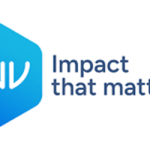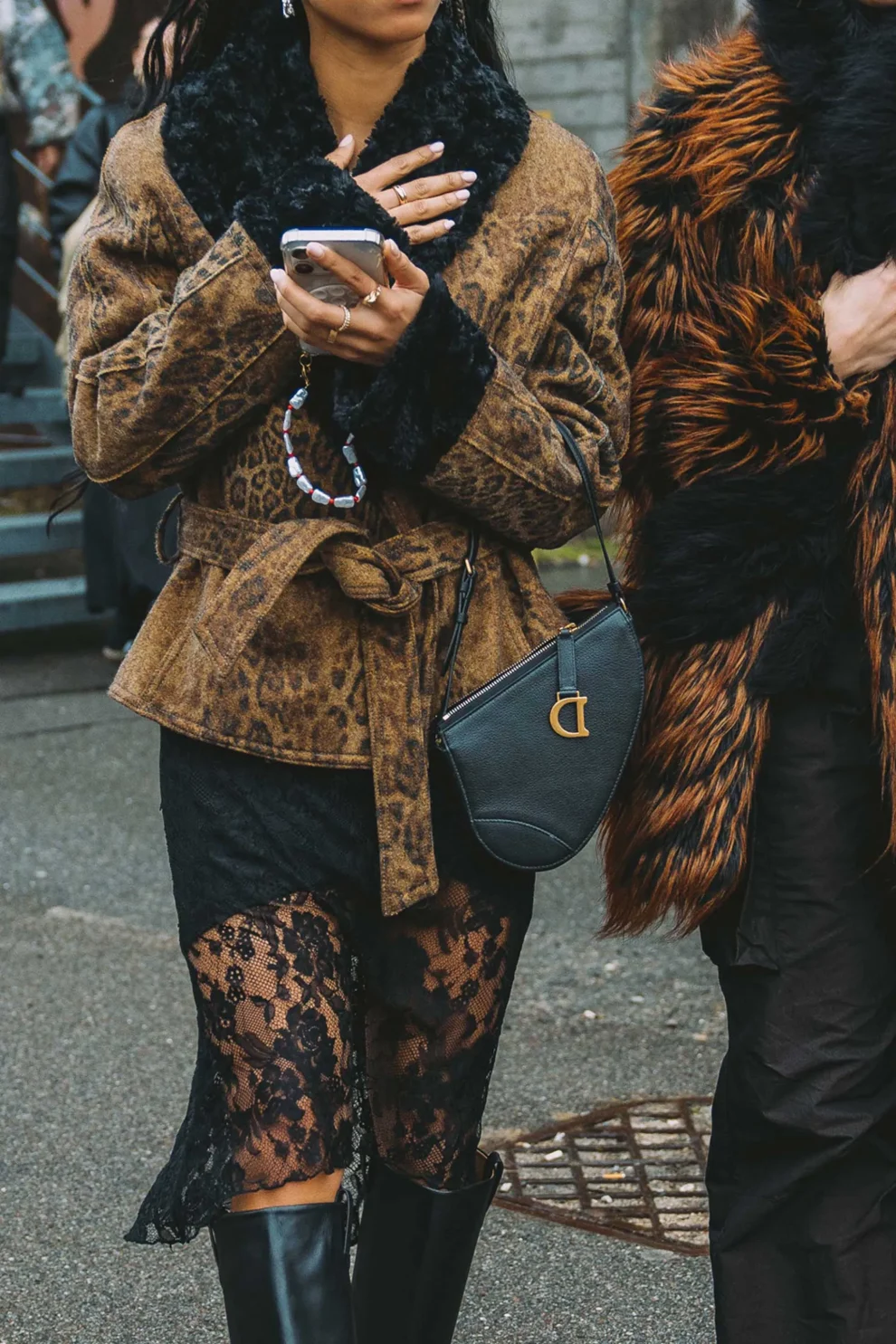Sign up to receive the Vogue Business newsletter for the latest luxury news and insights, plus exclusive membership discounts.
Facebook and Instagram parent Meta has begun removing news publishers from its platforms in some markets — a move that, if rolled out further, could have a ripple effect for brands, influencers and users.

Last August, Meta began blocking news content in Canada in response to the passing of the Online News Act, a bill that requires platforms to compensate news publishers for their content via licensing deals. In February 2021, Facebook blocked news on its platforms across Australia to protest a law called the News Media Bargaining Code (NMBC) that would have forced Meta to pay media companies for stories appearing on their sites. The ban lasted just over a week, and was resolved when the government committed to not designating Meta under the NMBC in exchange for the company entering deals with some news outlets. But Meta informed publishers a month ago that it would not enter new deals for content when contracts expire this year.
The blocks are part of a larger move to de-emphasise news on Meta platforms. This week, Facebook’s news tab began to disappear for users in the US and Australia after being removed in the UK, France and Germany last year. Launched in 2019, the tab previously curated headlines based on users’ interests from national and international news organisations as well as small, local publications. In a statement posted 29 February, Meta explained the decision, citing an emphasis on posts by people and that news makes up 3 per cent of global Facebook content.
While it’s still early days for bans and disappearing tabs, publishers losing access to Instagram and Facebook could be detrimental not only to the fashion editorial landscape, but to the brands that work with publishers.
Jameen Zalfen, co-founder of clothing brand Dyspnea, says the potential repercussions of a news ban include losing an important advertising avenue. “The absence of publications on these platforms would deprive us of a valuable source of information to communicate with our audience about sales, upcoming collections and exciting campaigns,” she says. “Fashion publications play a crucial role in curating trends, sharing industry insights and fostering community engagement.”
To help make up for the potential loss, publishers are already directing followers to other platforms. Last week, Australian indie fashion magazine Russh posted a call out on Instagram concerning the potential ban, telling their readership to follow them on TikTok, Google News and Apple News, as they “may be removed” from the platform. This signals a larger reconfiguration of marketing strategies and distribution channels on the horizon for the fashion industry, as publications and brands scramble to diversify their reliance on social platforms and build engaged audiences elsewhere.
Niamh Galea, fashion designer at Ramp Tramp Tramp Stamp, says the “great press” she’s received from the likes of Vogue or i-D has given her brand legitimacy. “But most of the people who see these articles are still seeing them primarily via social media on the publication’s page,” she says. Galea says her business heavily relies on Instagram for recruiting new customers — and trusted fashion journalism is an essential part of the puzzle. Without that piece, she fears small designers without influencer gifting and advertising budgets will suffer.
As for influencers who have built their own audiences on these platforms, the pressure is growing for them to keep people informed on the latest news and trends. “People are relying on content creators as their middleman for the information that’s most worth hearing,” says Lillian Ahenkan, TV host, DJ and founder of jewellery brand Post Primadonna.
While times are tough for traditional news outlets, writer and influencer Lucinda Price says it’s still a “great era” for individual writers who want to project their unique tone of voice and use podcasts and newsletters as a life raft. “That said, almost all of my subscribers came from Instagram,” she says
This leaves social-first publications like Cheek Media in Australia stuck between a rock and a hard place, diverting followers to their podcasts and Substack in the face of possibly losing contact with their entire audience overnight.
“It has been yet another clear message to me that the algorithm can make and just as easily break you,” says Hannah Ferguson, founder and CEO of Cheek Media Co. The fashion industry should diversify its reliance on social platforms and focus on building audiences elsewhere, through subscriptions to the digital and physical fashion publications themselves. Galea hopes this will lead fashion back to a niche heyday.
“After years of the pop culture-ifying of fashion, perhaps this move would even lead to a more closed and secretive fashion community,” Galea says.
Source: VOGUE BUSINESS




















Add Comment